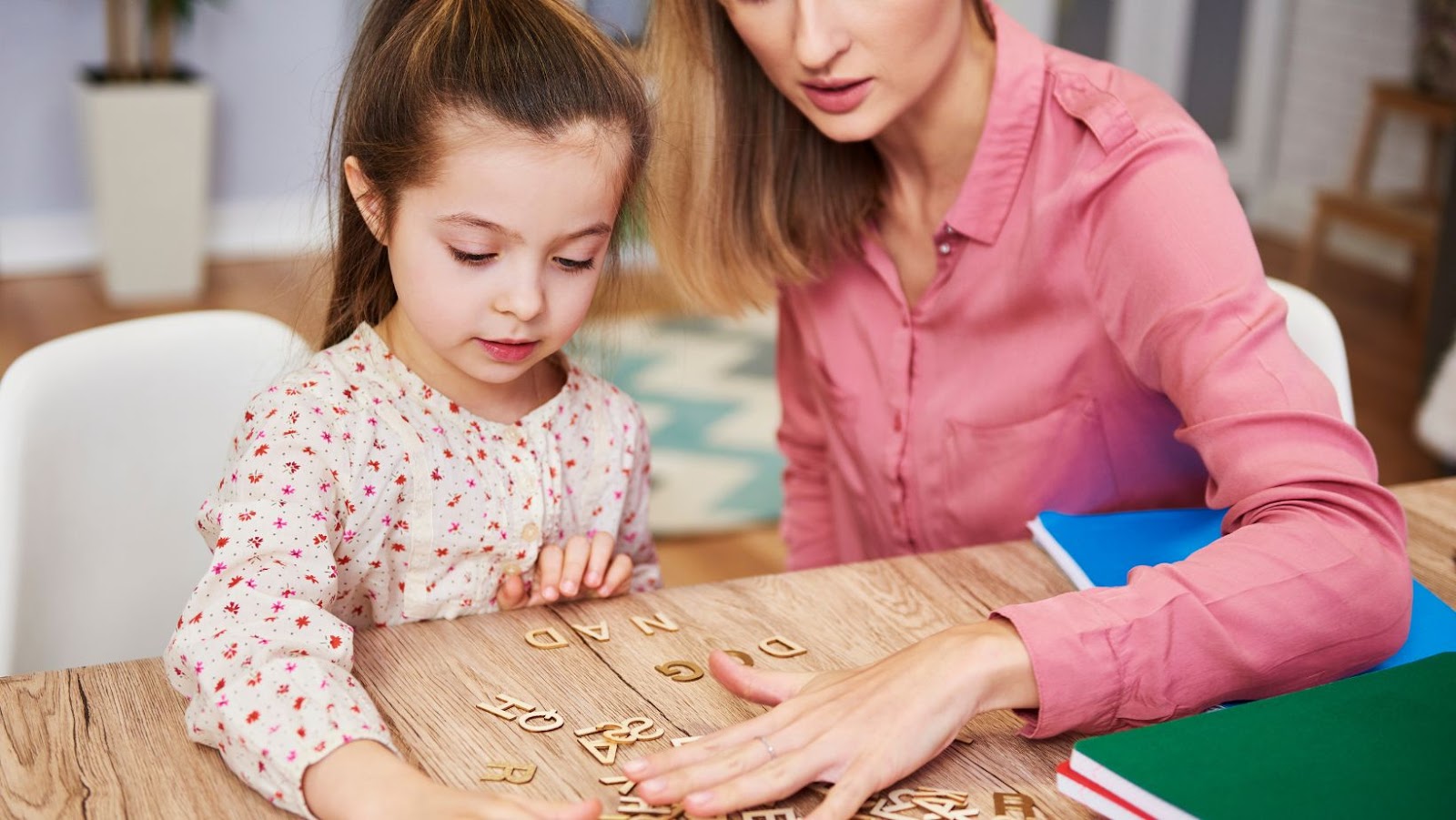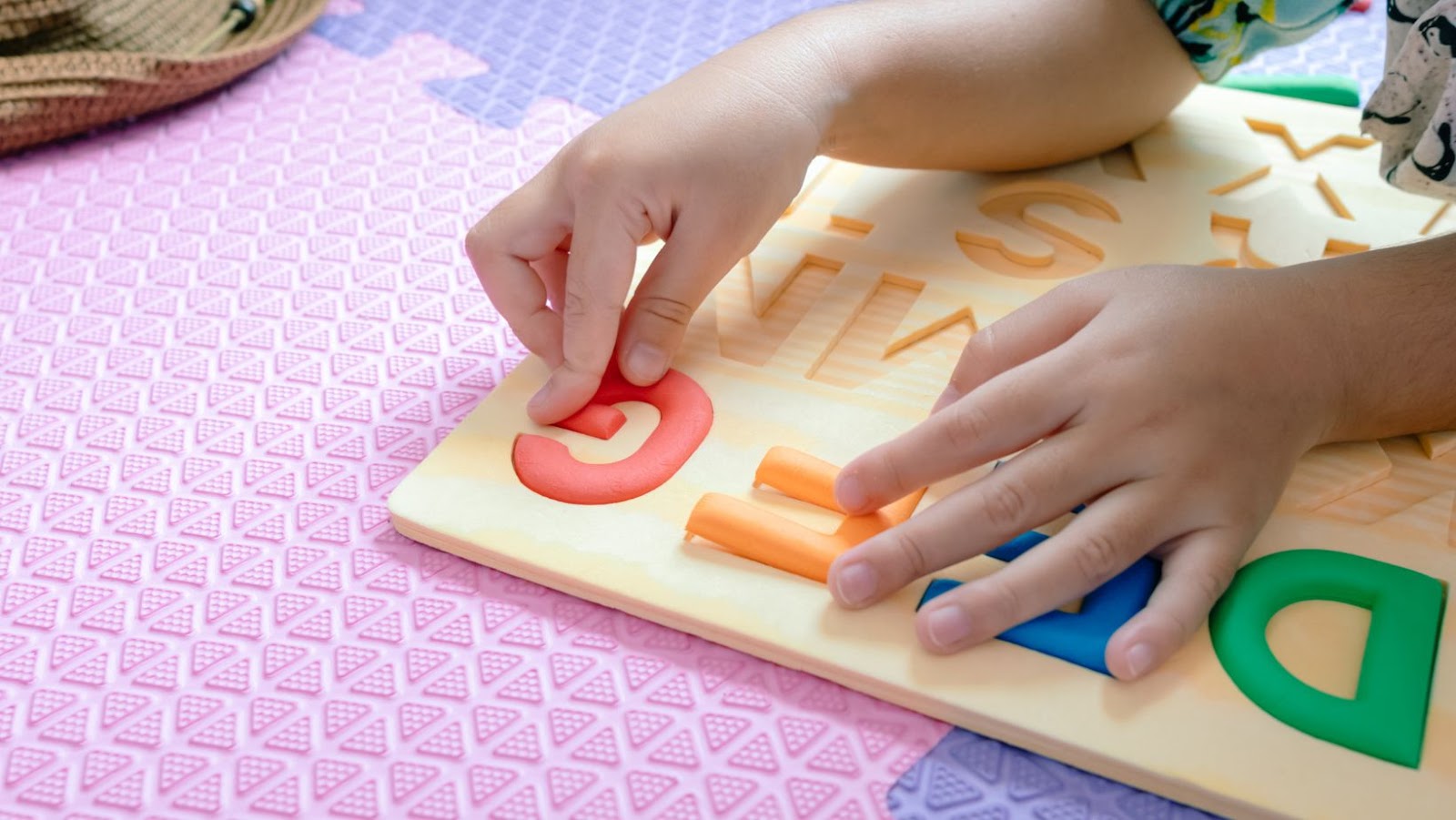
As a former preschool teacher and mom, I have gotten creative over the years with teaching letters and sounds to children. The main thing is to start early. Scholastic recommends reading to children.
Reading gets them used to hearing letter sounds as well as sentence structure. You can start this in infancy or even before children are born. If you get bored reading beginning books, you can read anything you like.
The important thing is that they hear the sounds. They will learn the vocabulary later.While you don’t need to be a teacher to teach letter recognition and sounds to children, you do need to know where to start.
Primarylearning.org recommends starting by teaching the letters in a child’s name and then moving on to the letters in the names of family members. For an ongoing project, you can get family members gifts that begin with a letter at the start of their name.
This will help kids start associating letter sounds with words and names they know.Then move on to these 10 tips:

At Home
- Children learn by playing and repetition. Start in infancy. Use foam letter mats for your child to play on. These are good for coordination because they can also use them as a puzzle. When they hold up a letter, identify it. You can eventually say a letter and see if they can locate the correct one. At that point, you can start introducing the letter sounds after saying each letter. This can be done even before they learn to talk.
- Remember letter blocks? Building toys teach spatial awareness and also improve hand-eye coordination. But, if they build with letter blocks, you can use them to start identifying letters and sounds. You can even spell out words to begin teaching the concept that the letters placed together have meaning.
- You can also place alphabet magnets on your pantry door or on your refrigerator for your child to play with when you cook dinner. Name each letter as your child holds it up. If your magnet set has both upper and lowercase letters, you can eventually have your child start pairing these together.
- Get some alphabet cookie cutters to make letter shapes out of playdough. You can even use them with your child to make a batch of cookies. Use the cookies or playdough to write out I love you.
- Another food-related way to teach kids letters is by making snacks in the shapes of letters. You can use grapes, berries, or pieces of cereal to create ABCs.
- Drawing with chalk will improve fine motor skills needed later for writing. However, you can write letters for them to identify now. Make it an art project by developing the letter into a picture, such as making the letter U into a handle for an umbrella. When writing letters, make sure you teach both lowercase and uppercase together, so they understand that these are the same letters. At this stage, they don’t need to understand the proper times to use them. It is just important that they associate both forms together.
- Another fun project for learning letters is to create crafts. For instance, you can cut out the letter Mm and have your child glue it onto a piece of paper. Then have them color the area underneath brown to make mountains. They can glue on fake Easter grass or yarn or whatever else they like.

In Public
- Teaching letters don’t have to be limited to the house. When you are out in public, ask your child what letters they see. They will be excited to recognize those same shapes they played with at home.
- At the park or at the beach, you can draw letters in the sand for them to identify. At about the age of four, they can practice copying the letters. Don’t get upset if they can’t do it right away. Kids progress at different rates. They need to build fine motor skills to be able to write. You can also use shells or rocks to form letters.
- Once your child has a firm concept of letters and sounds, you can take it a step further and ask them to identify objects they see that begin with a certain letter sound.
Whichever tips you decide to try, make sure your child is enjoying themselves. Pay attention to signs of frustration. You don’t want to discourage them. Making learning fun will encourage your child to seek out opportunities to learn more. Then they will be in the proper mindset when they start school.























